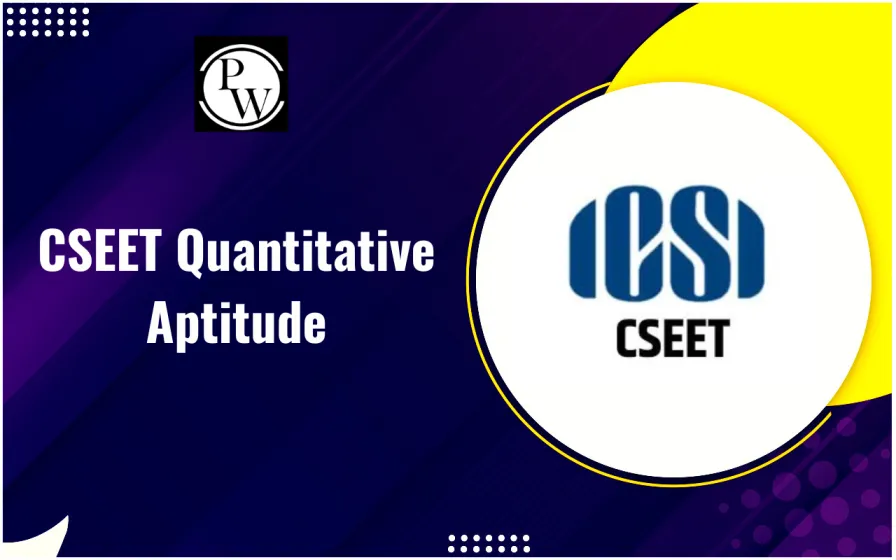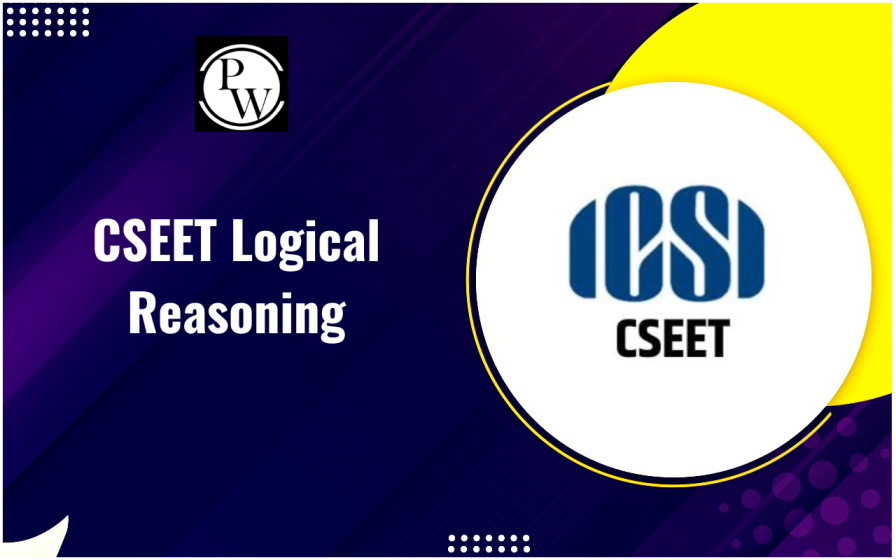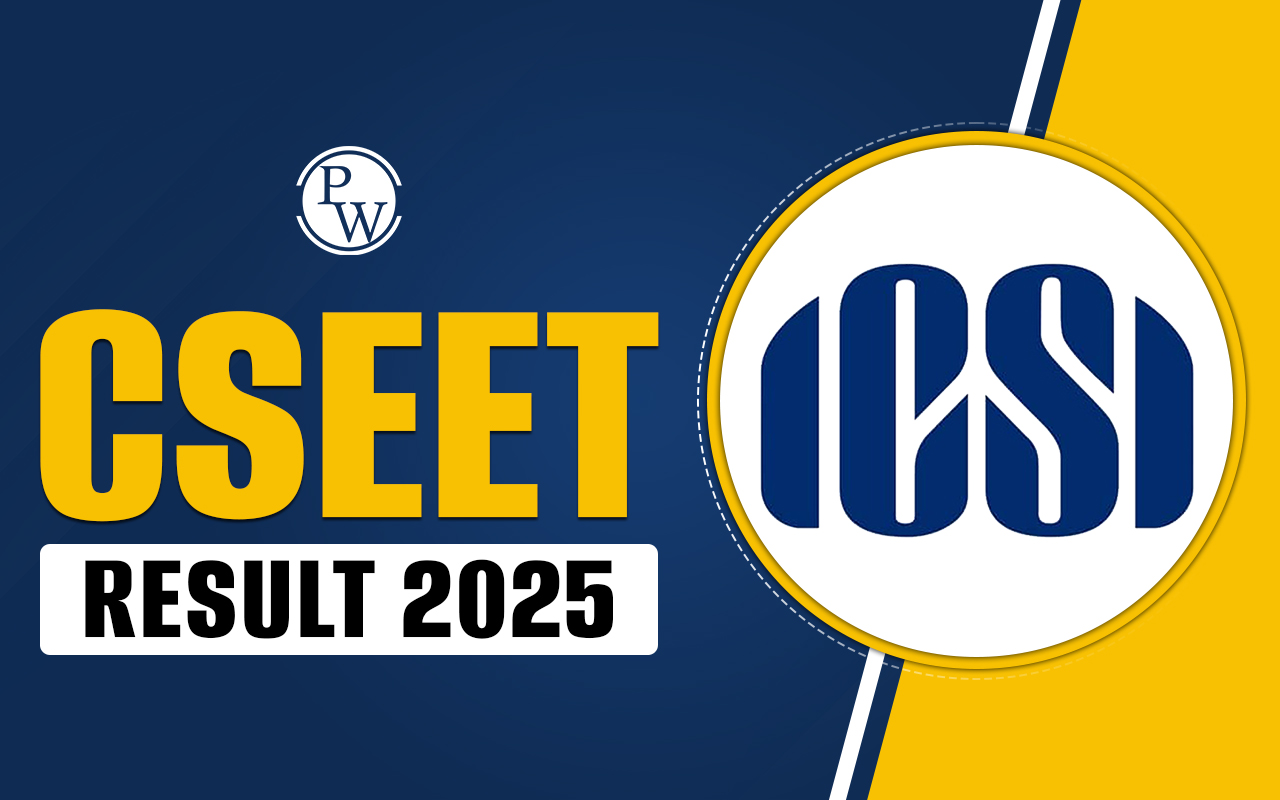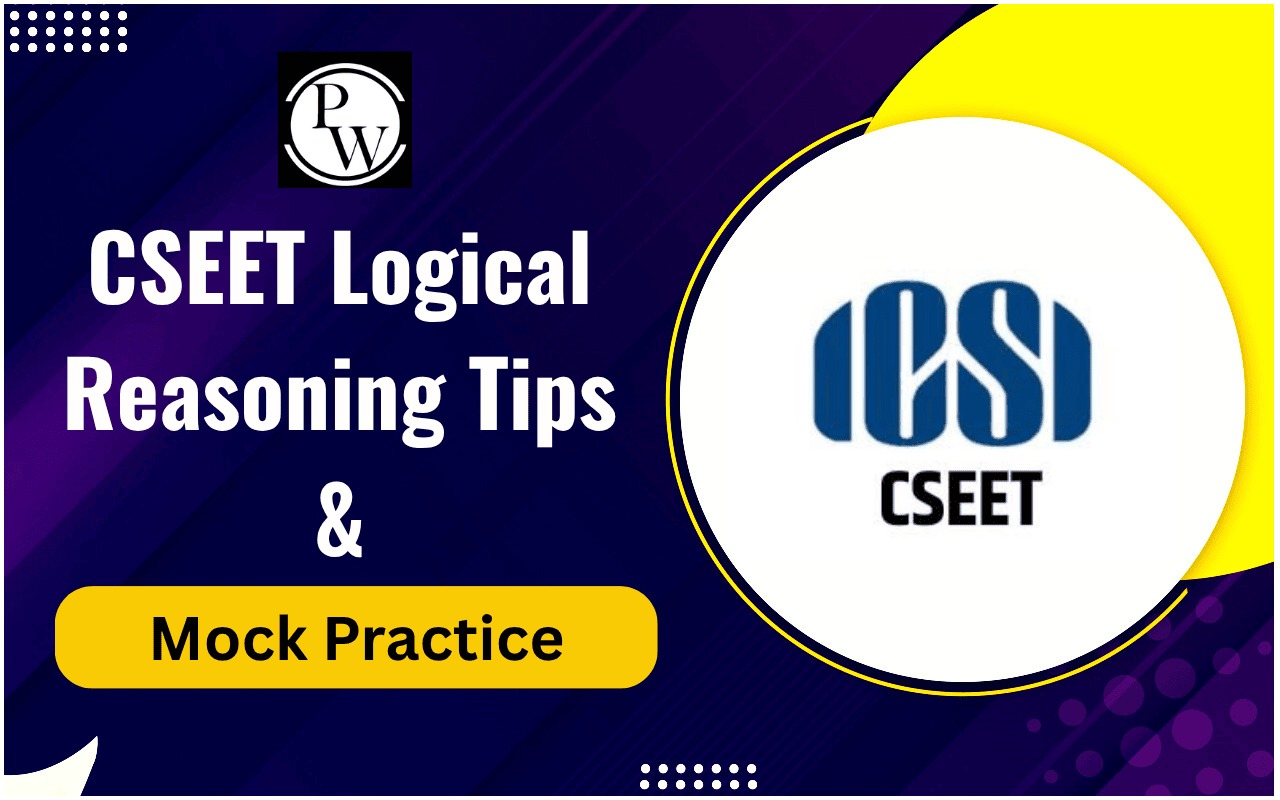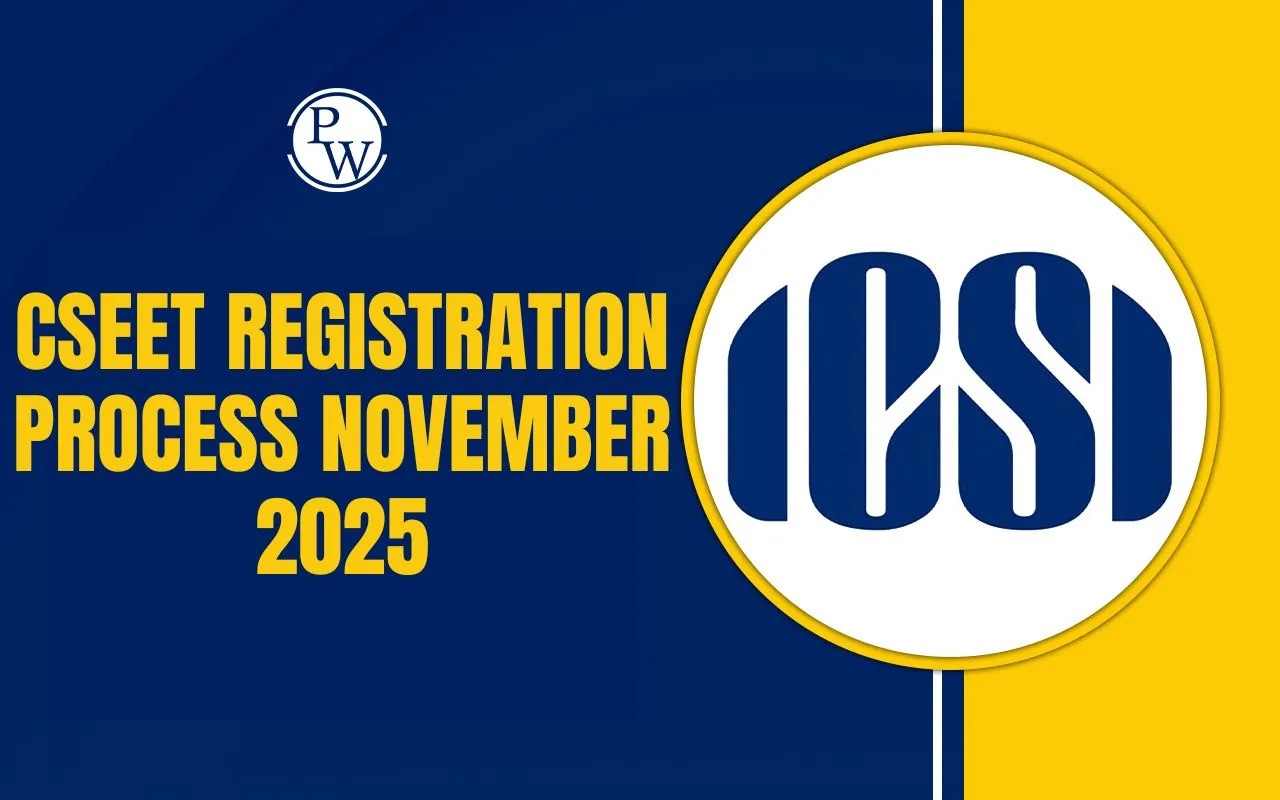
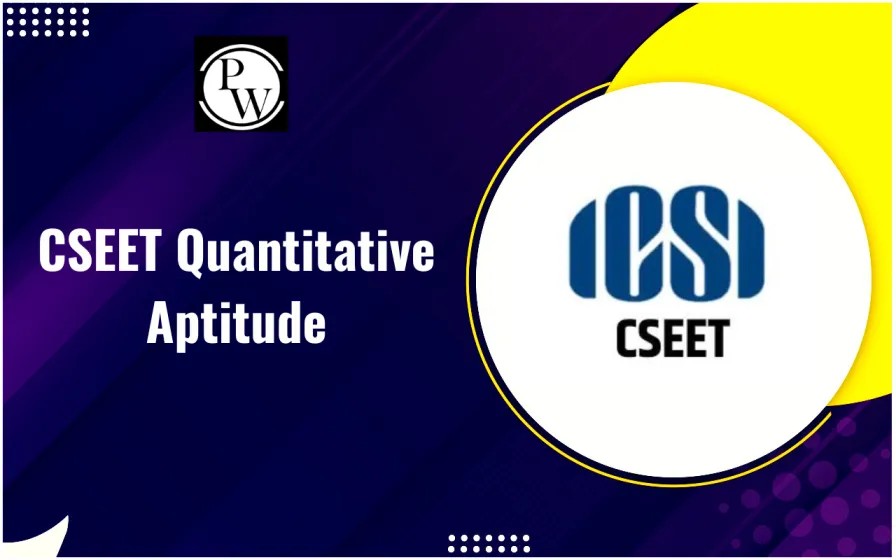
CSEET Quantitative Aptitude for November 2025: Quantitative Aptitude is one of the important parts of the Company Secretary Executive Entrance Test (CSEET). Many students feel nervous about this subject because they think it is the same as difficult as mathematics.
But in reality, CSEET Quantitative Aptitude is about testing logical thinking, number sense, and problem-solving skills. The exam is conducted online, and students need to solve questions without pen and paper, which makes mental calculation very important.
Below, we’ve explained the CSEET Quantitative Aptitude for November 2025 syllabus, question types, preparation strategies, useful tricks, and recommended study resources. Here, you will have a clear idea about how to approach this section with confidence.
What is CSEET Quantitative Aptitude?
CSEET Quantitative Aptitude is the fourth subject in the CSEET exam. It checks how well a student can apply mathematical concepts in logical ways. It is not about learning very advanced mathematics but about applying simple formulas and methods to solve problems quickly.
This subject includes topics like Number System, Percentages, Ratios, Square Roots, Profit and Loss, and many other fundamental arithmetic operations. The focus is on accuracy, speed, and clarity of concepts.
CSSET Quantitative Aptitude Syllabus 2025
The CSEET Quantitative Aptitude syllabus has two main parts:
- Number System
- Fundamental Arithmetic Operations
Both parts cover several small topics that are important for the exam. Students must prepare all these areas carefully because the questions in the exam are designed to check mental calculation.
| CSEET Quantitative Aptitude Syllabus 2025 | |
| Chapter | Important Topics Covered |
| Number System | Natural numbers, whole numbers, integers, rational numbers, irrational numbers, real numbers, complex numbers, prime numbers, composite numbers, co-primes, place value, face value, fractions, decimals, properties of zero, LCM, and HCF |
| Fundamental Arithmetic Operations | Percentages, ratios and proportions, square roots, cost price and selling price, profit and loss, unit digit rules, divisibility rules, types of fractions, conversions, set theory basics, Cartesian product |
Types of CSEET Quantitative Aptitude Questions
The CSEET Quantitative Aptitude question pattern is usually multiple-choice. Each question has four options, and students must pick the correct one. Below, we’ve mentioned some common types:
- Simplification questions based on numbers
- Finding square roots and cube roots mentally
- Ratio and proportion problems
- Profit, loss, cost price, and selling price-based questions
- Divisibility and unit digit-based problems
- Fraction conversions and decimal comparisons
- LCM and HCF-based problem-solving
- Simple set theory and Cartesian product problems
Preparation Strategy for CSEET Quantitative Aptitude November 2025
Preparing for CSEET Quantitative Aptitude requires a balance of learning formulas and practicing regularly. Below, we’ve mentioned some strategies:
Understand Basics Clearly: Start with topics like numbers, fractions, and percentages. Without the basics, higher topics will feel confusing for students.
Daily Mental Calculation Practice: As the exam does not allow pen and paper, practice solving small problems mentally. This builds confidence and speed of students.
Solve MCQs from Practice Booklets: Use multiple-choice practice questions daily. This helps in understanding exam-style problems.
Work on Shortcuts and Tricks: Learn small methods like divisibility rules, unit digit rules, and square root tricks. These save a lot of time for students.
Revise Using DPPs (Daily Practice Problems): Revision is important. Daily practice keeps formulas fresh in memory.
Mock Tests are Essential: Attempt mock tests in real exam conditions. This helps in managing time and reducing exam anxiety.
Shortcuts and Tricks to Score in Quantitative Aptitude CSEET
Students often lose time on lengthy methods. But in Quantitative Aptitude CSEET, shortcuts are very useful. Below, we’ve mentioned some important tricks:
| Shortcuts and Tricks to Score in Quantitative Aptitude CSEET | ||
| Shortcut / Rule | Explanation | Example |
| Divisibility by 2 | Last digit should be even | 246 → divisible by 2 |
| Divisibility by 4 | The last two digits are divisible by 4 | 132 → last two digits 32 ÷ 4 = 8 |
| Divisibility by 3 & 9 | Sum of digits divisible by 3 or 9 | 153 → 1+5+3=9, divisible by 9 |
| Divisibility by 11 | The difference of the sum of odd and even place digits is divisible by 11 | 506 → (5+6)–0 = 11 → divisible |
| Unit Digit Rule (base ends with 5) | Any power ends with 5 | 25³ → last digit is 5 |
| Unit Digit Rule (other bases) | Use cyclicity of 2, 3, 4, 7 | 2⁴=16, 2⁸=256 → pattern repeats |
| Square Root Tip | Always has two values: + and – | √4 = +2 and –2 |
| LCM & HCF Relation | Product of two numbers = LCM × HCF | 12 × 18 = 36 × 6 |
Recommended Books and Practice Material
For CSEET Quantitative Aptitude, books and materials must be chosen carefully. Students should first study theory and then solve practical questions. Below, we’ve mentioned the recommended books and practice material:
| Recommended Books and Practice Material | ||
| Resource Type | Recommended Material | Link |
| Official Material | CSEET Study Material for Quantitative Aptitude | Download Now |
CSEET Quantitative Aptitude Questions Mock Test PDFs
Mock tests help students prepare under real exam-like conditions. Practicing these makes students faster and improves accuracy. Below, we’ve mentioned the CSEET Quantitative Aptitude Questions Mock Test PDFs:
| CSEET Quantitative Aptitude Question Mock Test PDFs | |
| Mock Test Name | Link |
| Mock Test 1 | Download Now |
| Mock Test 2 | Download Now |
| Mock Test 3 | Download Now |
| Mock Test 4 | Download Now |
CSEET Quantitative Aptitude FAQ
What is CSEET Quantitative Aptitude?
How many topics are there in the CSEET Quantitative Aptitude syllabus?
What are the important topics for CSEET Quantitative Aptitude?
What type of questions are asked from CSEET Quantitative Aptitude?

